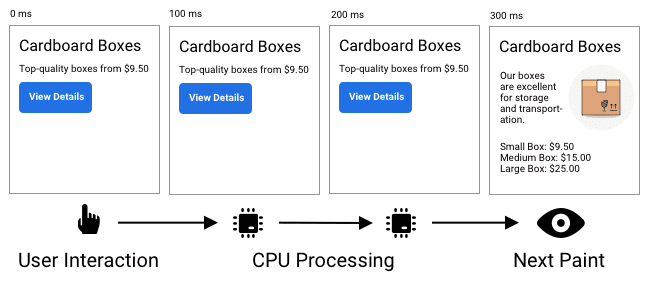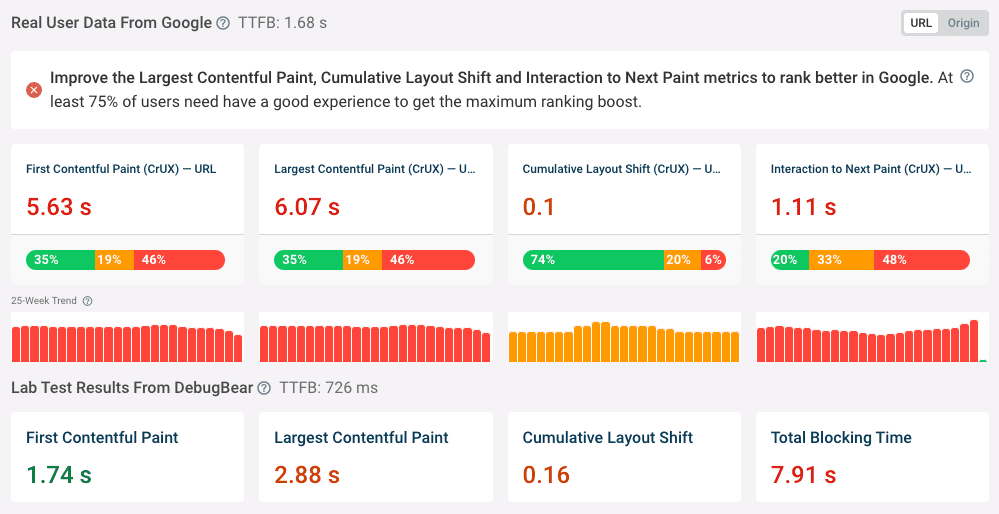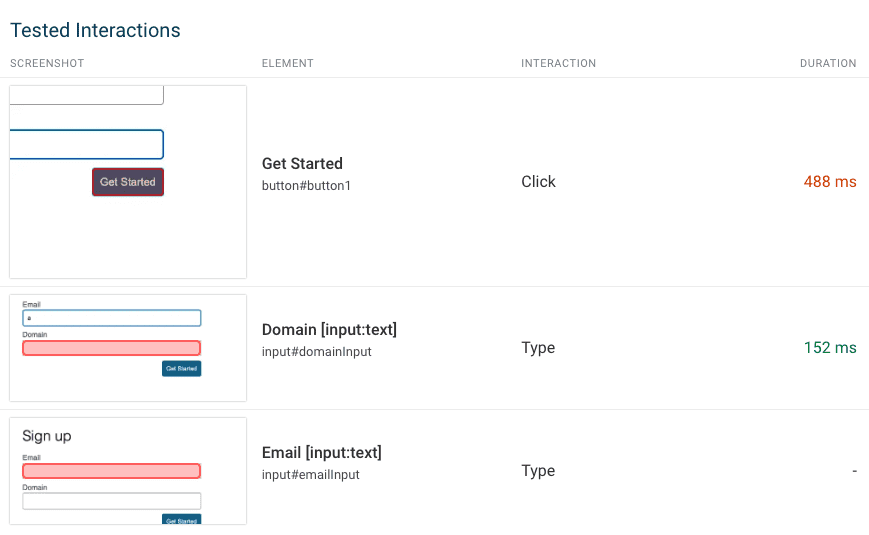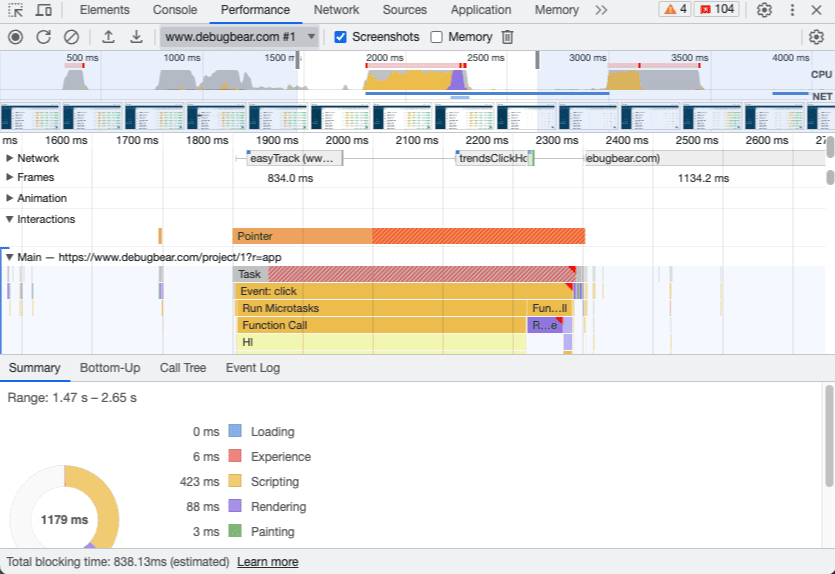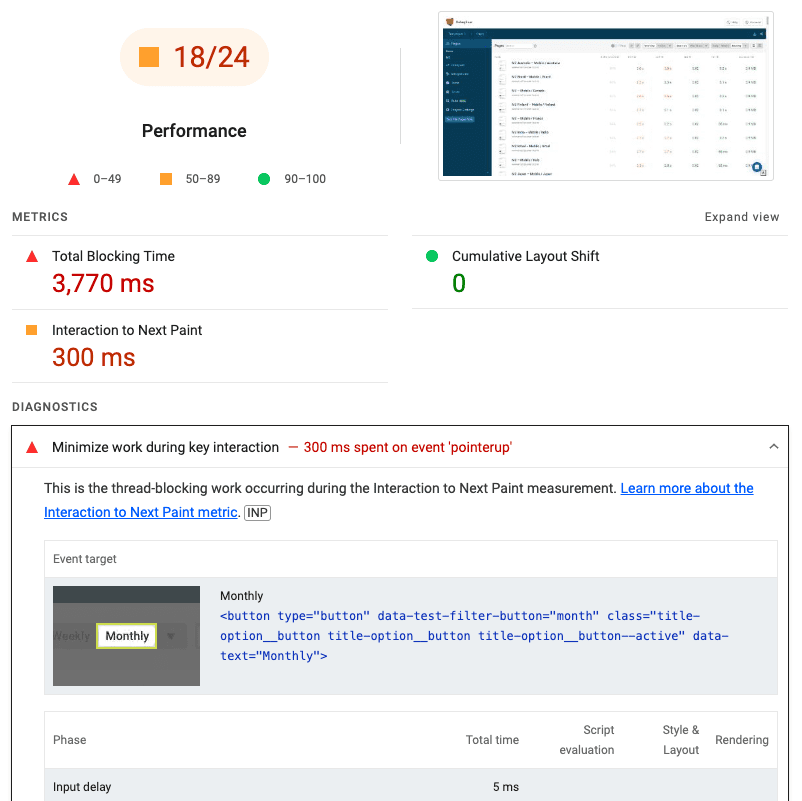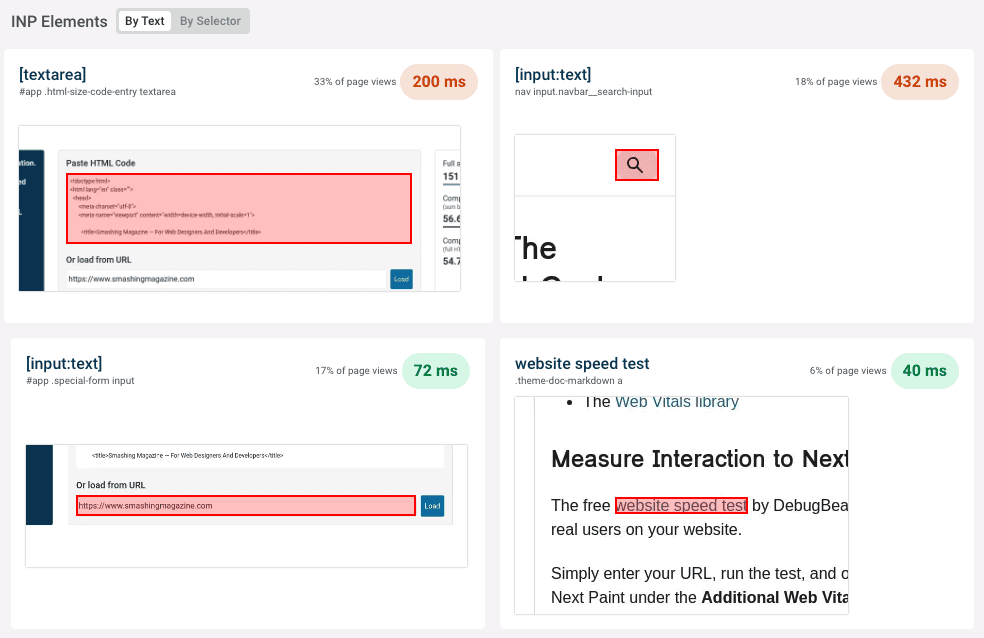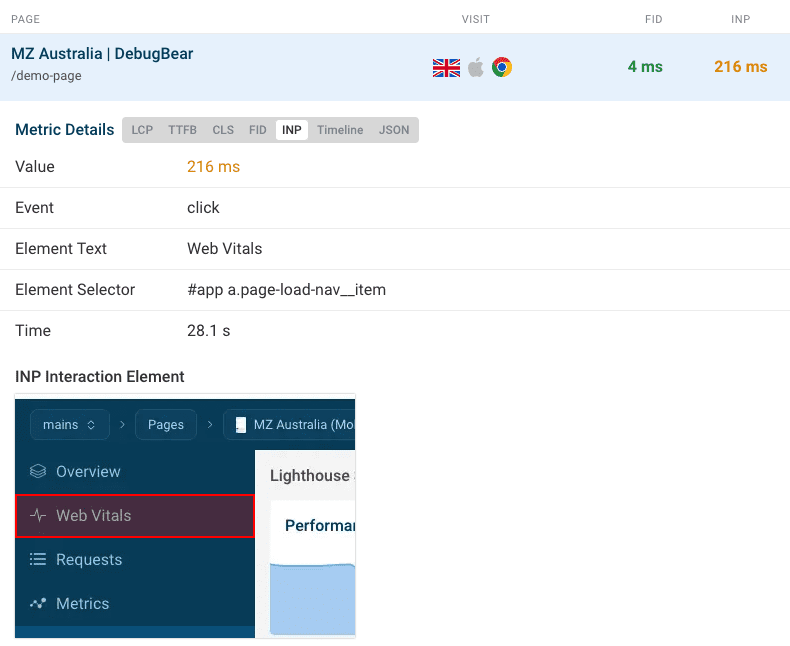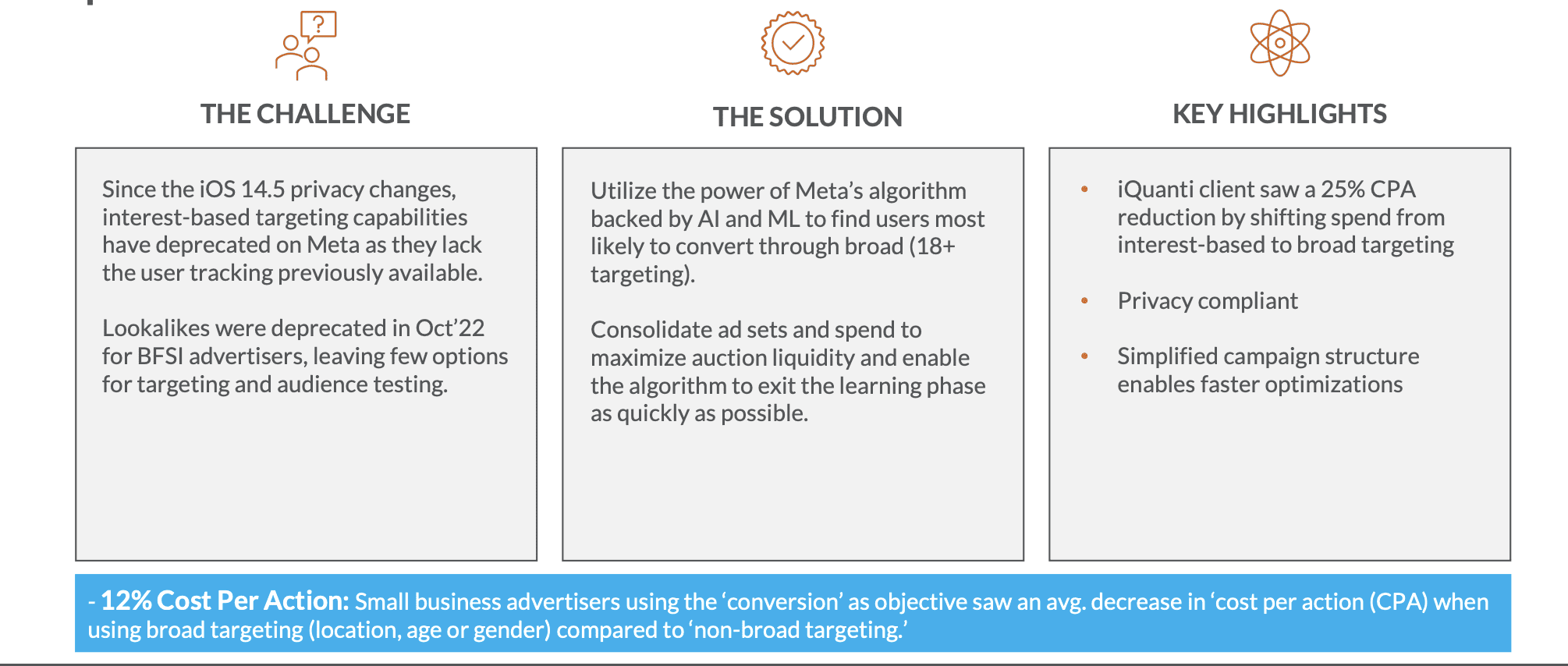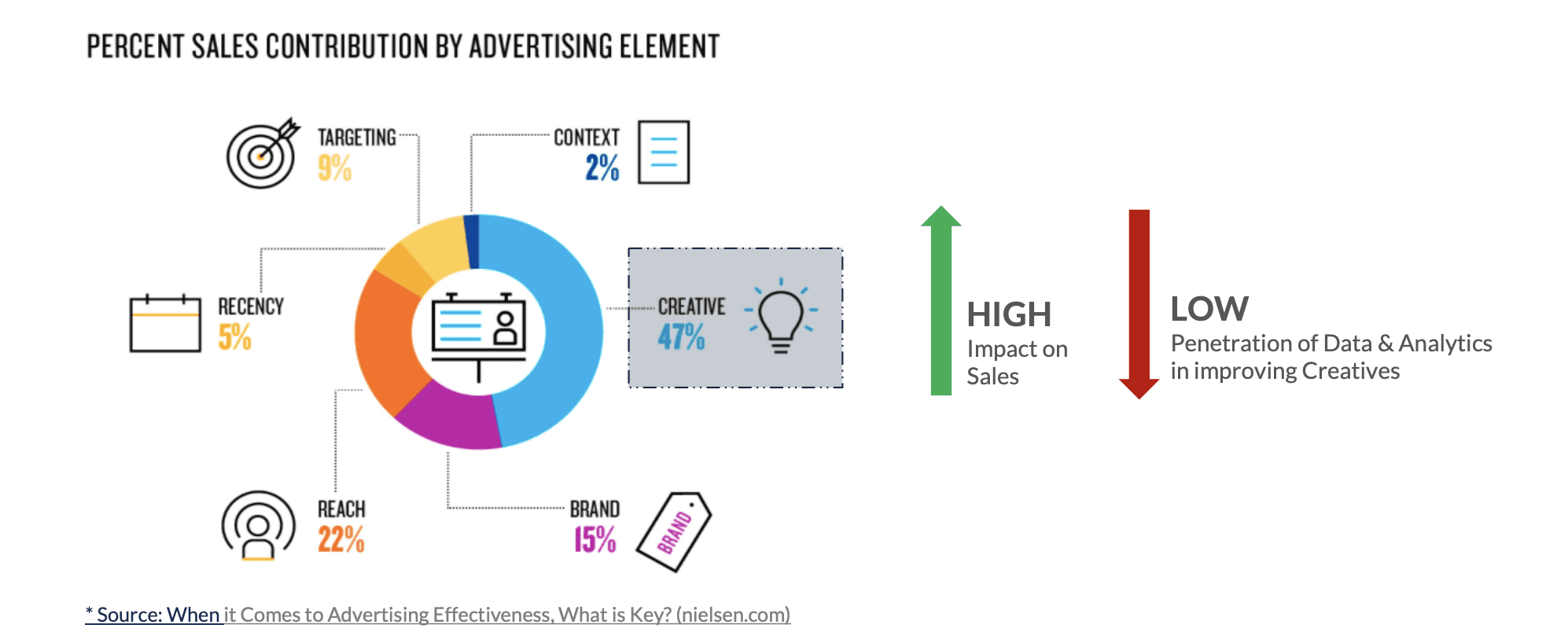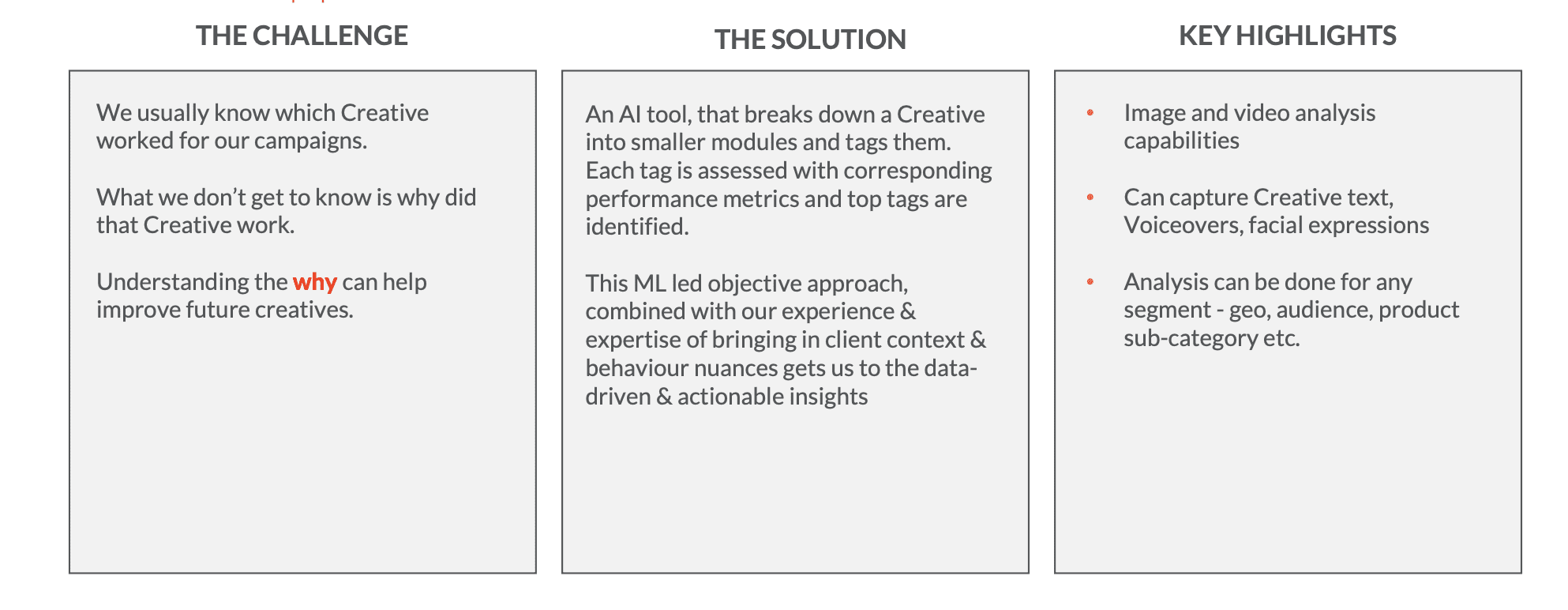How To Always Survive Algorithm Updates Using AI: The Ultimate Search Engineer’s Guide via @sejournal, @mktbrew

If you’ve ever felt like you’re on a rollercoaster ride with Google’s ever-changing algorithms, you’re not alone.
Google’s Core Algorithm Updates are known for keeping you on your toes, and it’s become increasingly challenging to keep up – not to mention get ahead.
These algorithmic shifts have the power to make or break your website’s performance, so it’s crucial that you understand the specifics of each new update, its effects, and the right course of action.
But how do you stay on top of these search engine updates and optimize your SEO strategy for success?
How do you take advantage of each algorithm change and turn it into an opportunity to rank higher?
In this comprehensive guide, we’ll show you how.
How To Understand Each New Google Core Algorithm Update
Whenever Google rolls out a new update, you no doubt ask, “So, what changed this time?”
And as an SEO professional, your entire strategy rests on the answer to this question.
The impact of an algorithm update can be unpredictable – a change that benefits one website might harm another.
Therefore, it’s important to stay fully informed and continually adapt your SEO strategies to remain competitive.
The key to surviving Google’s constant algorithm shifts is understanding:
Make sure you’re analyzing official statements from Google and only consulting reputable industry resources for insights into the latest algorithm updates.
It’s also important to stick to data-based evidence. (For instance, a report measuring an increase in ranking correlation for a particular algorithm.)
These correlations can be used to uncover patterns that reveal which strategies are effective after the update.
But of course, the buck doesn’t stop at simply understanding each Google algorithm update – there’s much more involved in keeping your website’s rankings intact amidst the changes.
Let’s break down the essential steps needed for you to start mastering Google’s Core Algorithm Updates.
Step 1: Collect & Analyze Pre-Update Data
The data-collection stage helps to form the foundation for your analysis post-update – so the more data you have, the better you’ll understand the update’s effects.
As soon as you hear that a new algorithm is going to be released, you’ll want to start gathering data on your website’s landing pages, including:
- Rankings.
- Organic traffic.
- Backlink profiles.
- On-page elements.
You’ll also want to segment the pages into relevant groups based on content, keyword focus, or user intent.
Maintain Focus On Your SERP Competitors
But don’t forget about your competitors!
While focusing on your website is important, it’s also crucial to keep an eye on how your competitors are doing.
Be sure to collect data not only on the sites that rank above you but also those below you in the SERPs, as this information will help you identify trends and changes across the landscape.
It’s best to use a tool to help automate the data collection process and provide more comprehensive results.
Pro Tip: There’s a newer SEO technology that many of the more competitive digital marketing teams are using: the search engine model.
Use Search Engine Models To Enhance Your Strategy With Data-Driven Insights & Predictions
Search engine models allow you to define, create, and deploy statistical replicas of any search engine environment.
They’re basically a map that you can use to navigate Google’s algorithms.
These models essentially work by simulating the complex algorithms and ranking factors used by search engines to predict the order in which websites appear in search engine result pages (SERPs).
As one of the leading providers of search engine modeling technology, Market Brew has the advanced tools you need to predict ranking changes with each optimization you do.
Here’s how we recommend you use this technology to collect and analyze your data:
- Build 2-3 search engine models for each major area or template of your site. This will give you a representative sample of models that should give you guidance for all of the pages that use that same template. (When a company like Walmart uses Market Brew, they don’t create a million models. They focus on building guidance for each template, which means at a minimum 2-3 models for landing pages/ keywords that use that template.)
- Group the models logically into teams. For instance, the models that center around landing pages that use one particular template could be placed together in the same team, to ensure recommendations within a group are consistent, and will allow you to spot patterns that are specific to issues with that part of the site.
- By adding the search engine models now, your team will be tracking each competitor site’s history as well. Your team can even tap into Market Brew alerts to be notified when your competitors change their content/ link strategy. Every input and output of every modeled algorithm will be available to you now.
Get the full checklist and make sure your strategy stays on track.
Step 2: Monitor Post-Update Changes & Assess The Impact
To really know the effects of an algorithm change, you’ll need to monitor the rankings and organic traffic of your landing page groups after the update.
Don’t forget to also collect the data for each landing page that shows up in your SERPs – this way, you can sort the winners and losers when all is said and done.
If you’ve set up your search engine models, it’s important to regularly re-calibrate them (preferably every 90 days or so) to reflect the latest ranking changes.
Be sure to track and visualize the changes in weights for each modeled algorithm before and after the update.
Also look through your models to ensure that top-performing sites in these boosted algorithms continue to perform well in their respective SERPs, and sites that were doing poorly are now performing worse.
Conduct An Analysis Of How The Algorithm Update Affects Rankings
From here, you’ll want to conduct a statistical analysis:
- Analyze the relationship between ranking changes and each of your SEO software’s algorithms. Create a “fitness” equation that provides a prioritization of tasks based on your team’s objectives, like sorting by task ROI.
- Identify patterns and correlations that reveal which strategies are impacted by the update. Copy the winning patterns and remove or replace the losing patterns.
- Understand that there could be a confluence of algorithm changes that have caused issues with your landing pages, and not just one specific algorithm change.
Keep up with your progress with this checklist to keep you on task.
Step 3: Adapt Your SEO Strategies & Priorities For Success
So you’ve collected and analyzed your data – now, it’s time to take action.
Start adjusting your SEO strategies based on your statistical analysis from step 2, making sure to emphasize factors that show strong correlations with improved rankings.



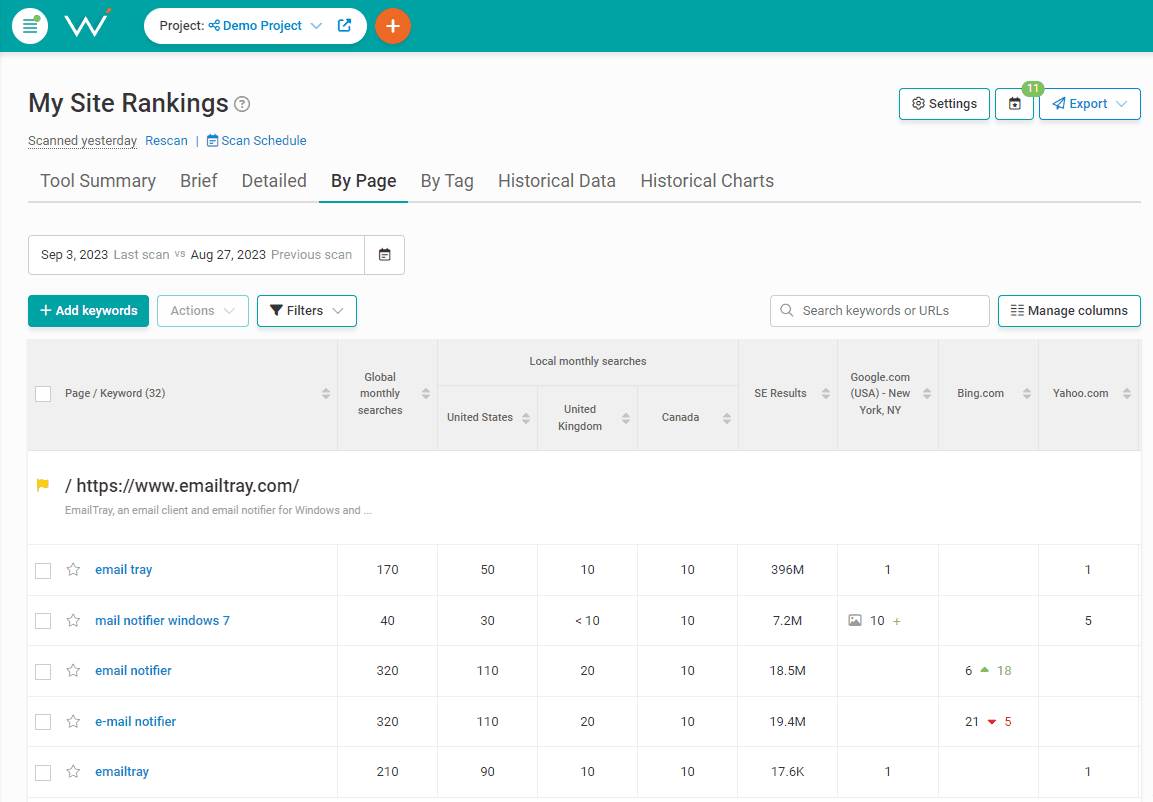
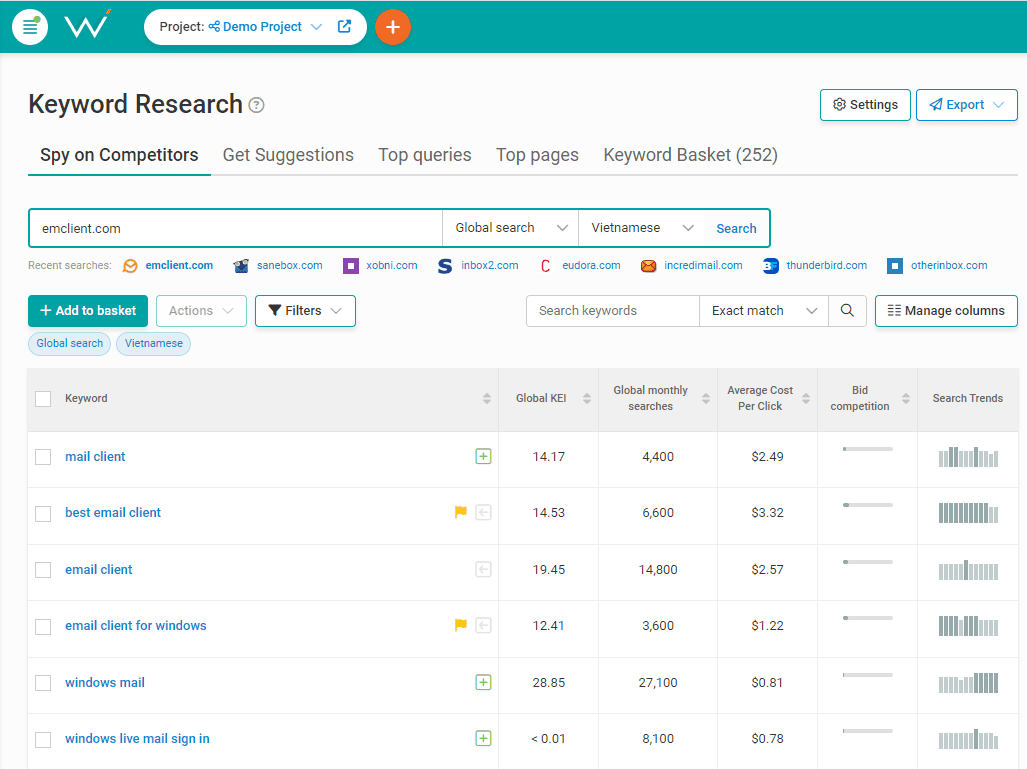
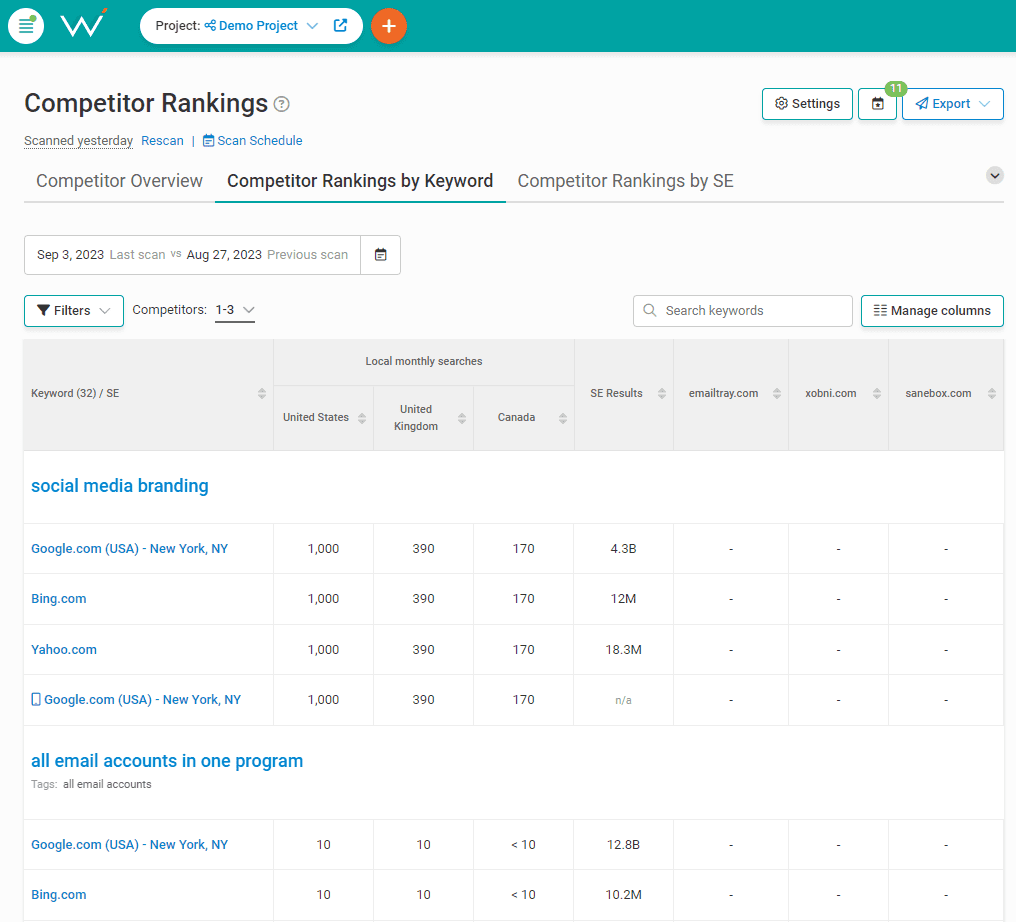
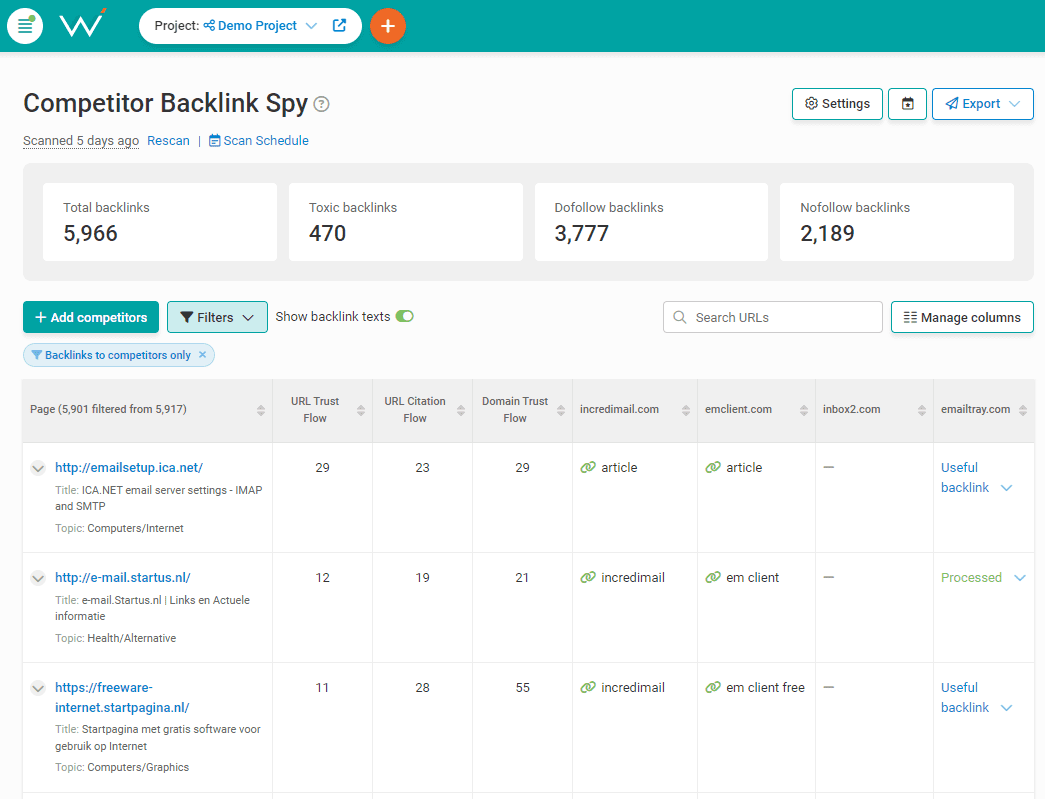
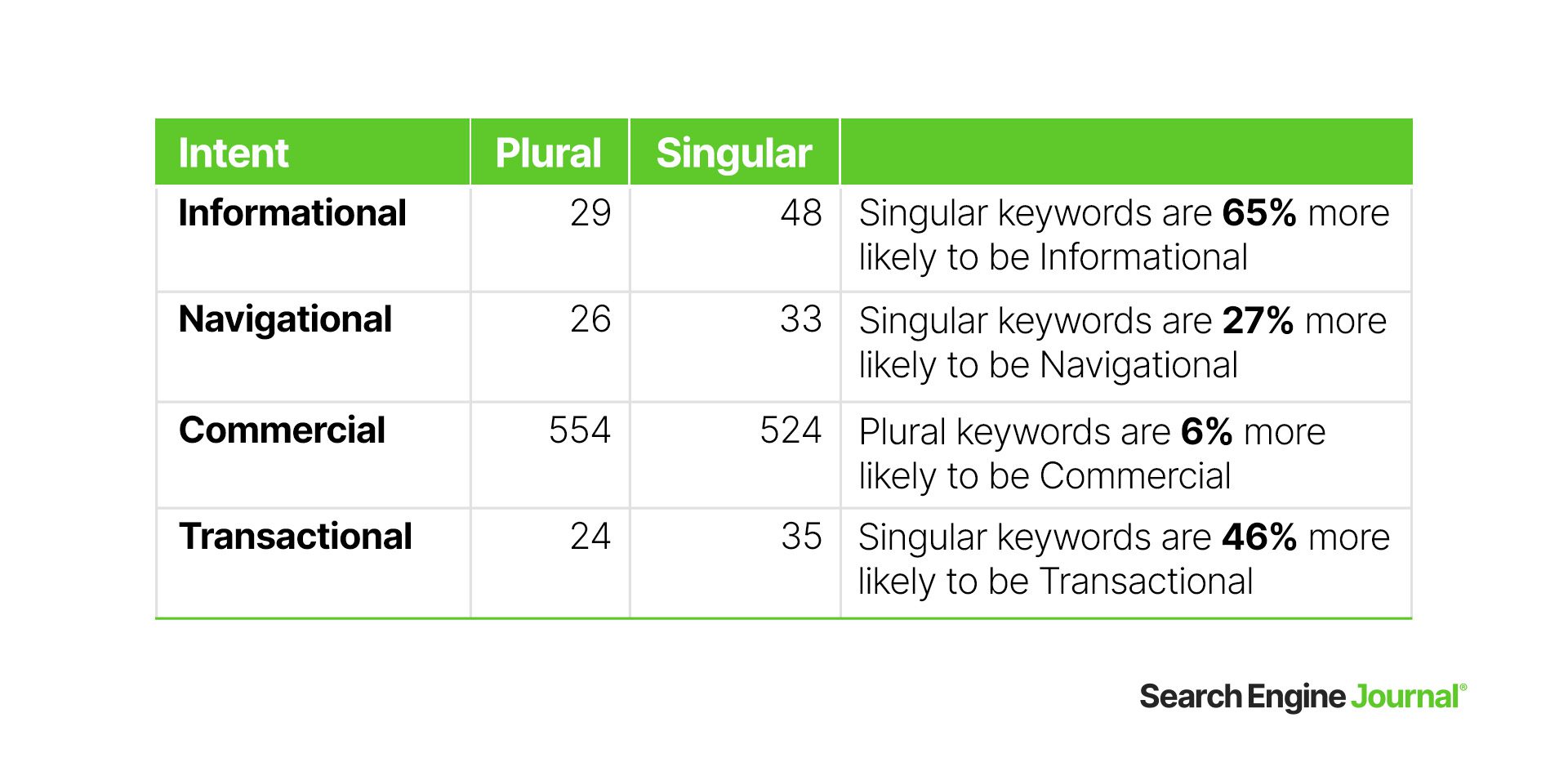
![How Plural Keywords Impact Search Intent For Ecommerce [Data Study]](https://ecommerceedu.com/wp-content/uploads/2023/09/1-64f72a4c49810-sej.jpg)
![How Plural Keywords Impact Search Intent For Ecommerce [Data Study]](https://ecommerceedu.com/wp-content/uploads/2023/09/2-64f72a3df0c85-sej.jpg)



